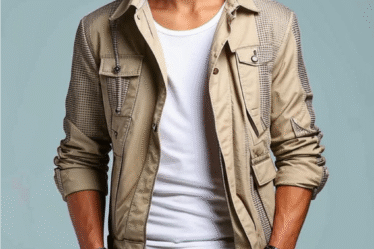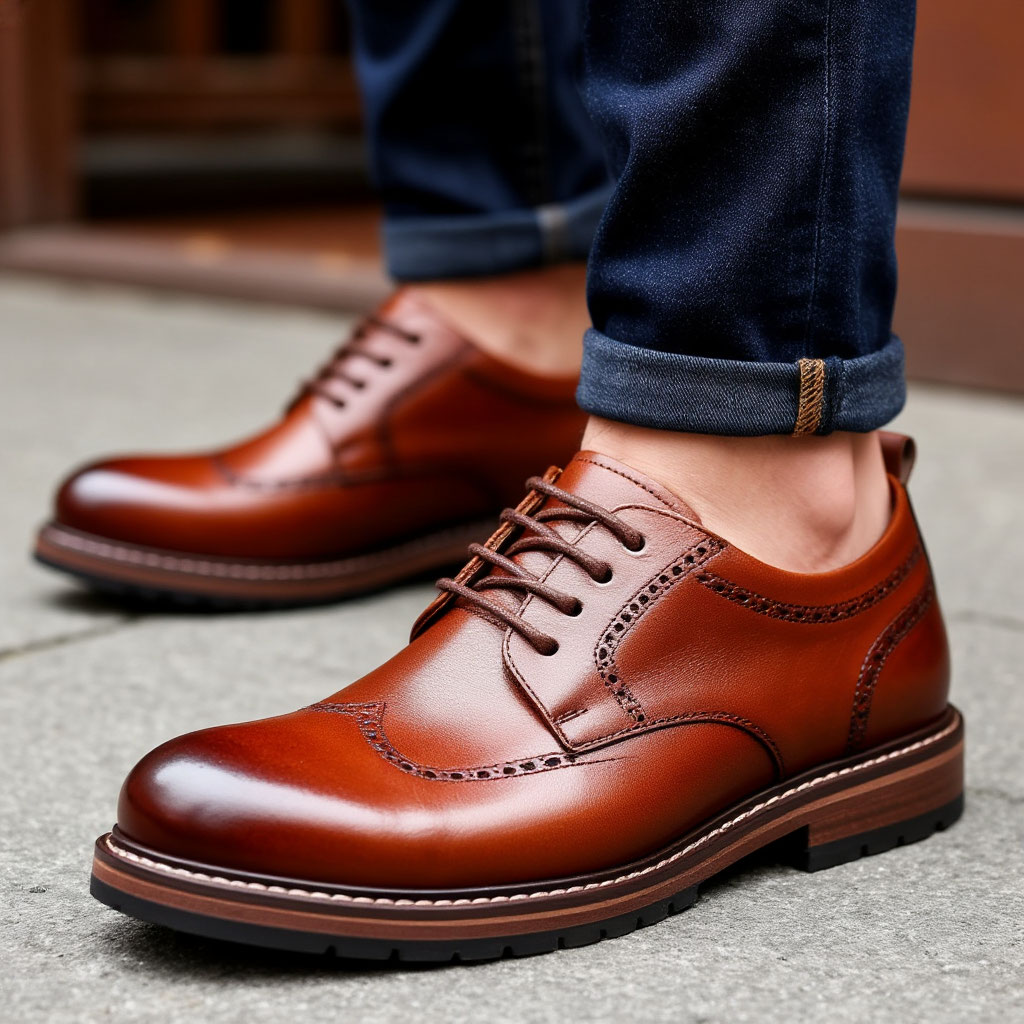
Picking the right shoes for each season isn’t just about style—it’s also about keeping your feet healthy and comfortable. Each time of year has its own demands: in summer, you need breathability; in winter, warmth and waterproofing are key; and in transitional months, it’s all about finding that sweet spot between function and flair.
Today’s market has everything—from lightweight sandals to insulated boots, from classic leather to cutting-edge synthetics. To find shoes that last and still reflect your style, it’s not enough to follow trends. You need to pay attention to materials, construction, and how each pair fits into your everyday outfits. This guide will help you choose the perfect shoes for every season without sacrificing comfort or personality.
Choosing men’s shoes for spring, summer, autumn, and winter becomes easy with our Beauty Club mini-brochure: a season × dress-code matrix, construction basics, weather-proof traction picks, and a fit checklist. You’ll find a PDF download at the end of this article to save and print.
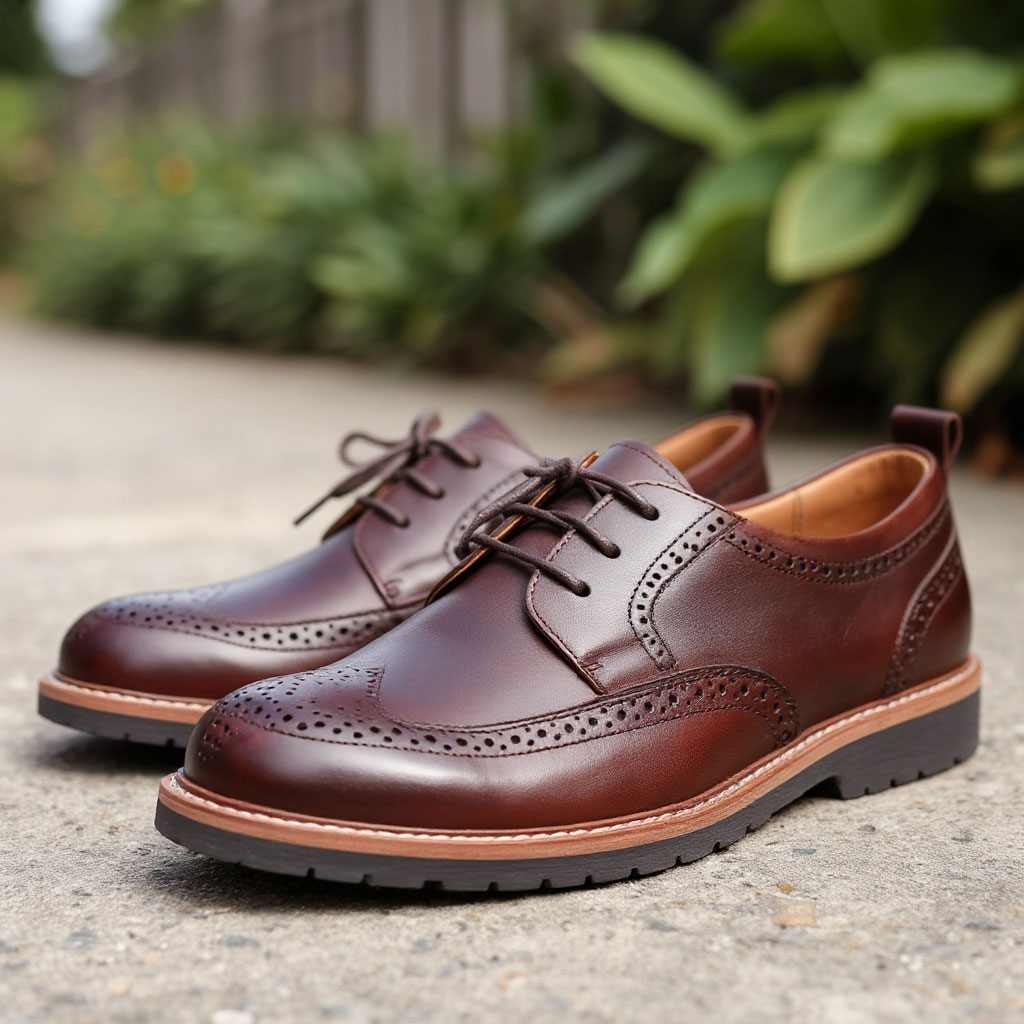
Summer Shoes: Lightness and Freedom
Finding good summer shoes can feel like a real challenge. The heat, dust, and sudden rainstorms demand more than just style—they call for maximum comfort. The right pair should strike a balance between looking sharp and feeling breezy.
Let Your Feet Breathe
Your feet need air. That’s non-negotiable. Leather with perforations is a go-to for anyone who wants durability with a polished look. It:
- Allows airflow;
- Doesn’t trap moisture;
- Molds to your foot over time.
If leather feels too dressy, textile options like linen sneakers or canvas loafers can be a game-changer. Just avoid synthetic uppers—they trap heat and often lead to odor issues.
Not Just Sandals: Models That Work
Yes, sandals are a summer staple, but they’re far from your only option. Think loafers with soft leather soles for dinner dates, or breathable sneakers for weekend hikes. Slip-ons are great for minimalists—they work barefoot and look sharp with shorts or linen trousers. A flexible sole is key: stiff shoes feel heavy and can rub your feet raw after a few blocks.
Where Style and Function Meet
Summer wardrobes tend to revolve around basics, which makes shoes an easy place to make a statement. Bright sneakers can elevate a plain tee-and-jeans combo. Brown moccasins dress up a polo and chinos. Planning a nature getaway? Opt for soles with grip and water resistance. In the city, go for something light that slips off easily at the office or a café.
How to Make Them Last Until Fall
Summer shoes take a real beating from sand, sweat, and water. To keep them in good shape:
- Clean the soles regularly;
- Treat leather with protectant sprays;
- Use antibacterial fresheners on fabric pairs.
After rain, let shoes dry in a ventilated space—not next to the heater, which warps the material. And don’t wear the same pair every day—give them 24-48 hours to recover their shape and dry out.
Summer is all about freedom, but that doesn’t mean you can forget about function. The wrong pair can ruin your day. The right ones will anchor dozens of great looks.
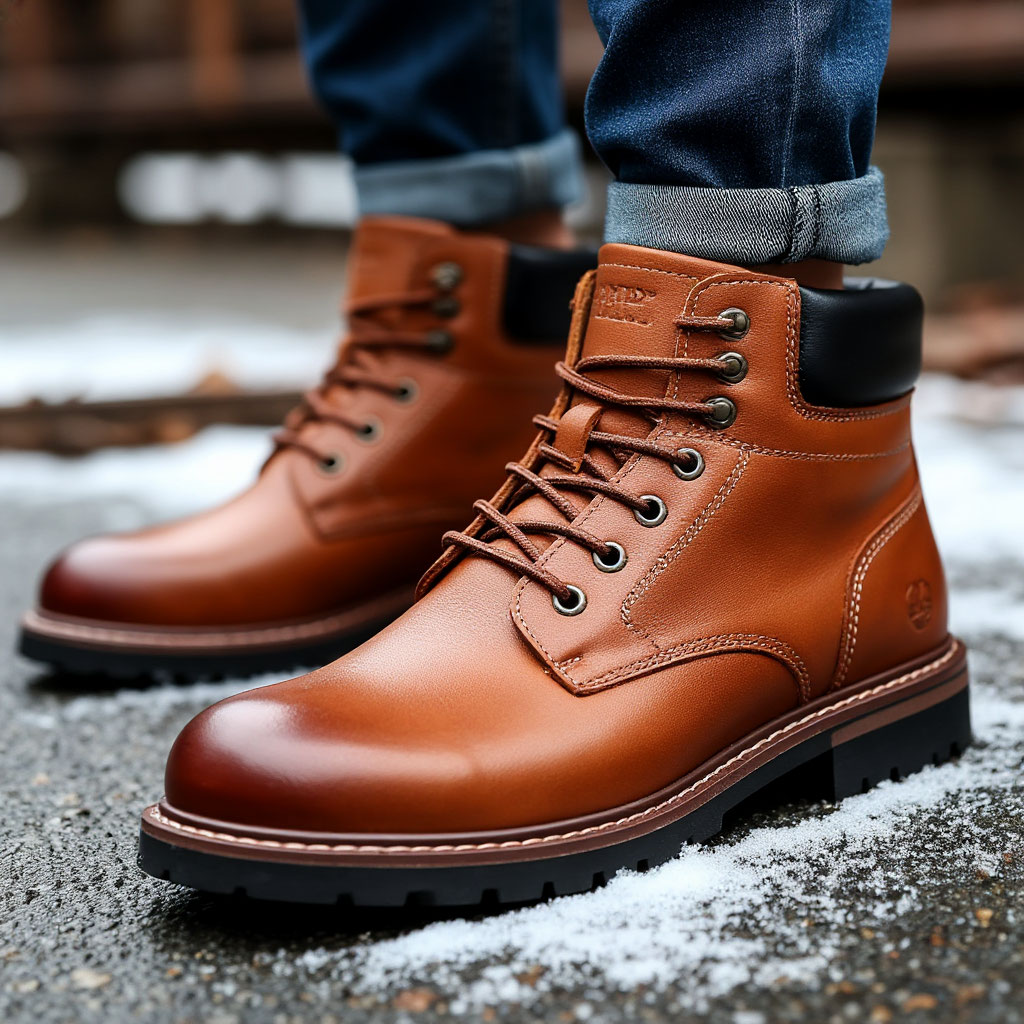
Winter Footwear: Standing Strong in the Cold
Winter shoes aren’t just a fashion choice—they’re essential survival gear. Between freezing temps, ice, salt, and slush, you need footwear that keeps you warm, dry, and looking put together. Summer allows for some experimentation. In winter, one wrong step can mean a miserable day.
Materials That Don’t Crack Under Pressure
Good winter shoes are like armor. Waterproof leather with a durable coating is a solid pick for city life. It stays dry, cleans easily, and holds in warmth. For serious cold, try boots with Gore-Tex lining—they insulate down to -30°C. Lining matters too. Real shearling or lambswool keeps you much warmer than synthetic fleece but needs proper care. Textile shoes, unless designed for winter, won’t cut it—they absorb water and lose shape fast.
From Snow Boots to Rugged City Styles
Winter boots have evolved far beyond old-school felt liners. High-top leather boots with lug soles—like the Timberland style—can take on snow, salt, and urban grime. They also add edge to your outfit.
For outdoor types, go for trekking boots with arch support.
If you lean minimalist, insulated Chelsea boots can work with both puffer jackets and wool coats.
Look for ankle coverage that blocks out snow but doesn’t restrict movement.
Warm, Not Bulky
Winter shoes often look clunky, but that’s not always the case:
- Black leather boots with shearling trim pair well with slim jeans and a parka for an urban look.
- Rugged brown boots and wool socks can add a rustic vibe.
- Want a sleeker silhouette? Go for plain, insulated boots with a clean design to match your coat.
Winter colors tend to be muted—black, brown, navy. But a pop of red on the sole or laces can be a bold touch.
Don’t Let Them Become Boats
Winter footwear needs serious care. Salt leaves stains, so wipe shoes down after snowy walks. Use waterproofing creams on leather, and let the lining air out often. Check your soles too—if the grip wears down, you’ll lose traction. Store boots with shoe trees to keep their shape and prevent creases.
Winter vs. Transitional: Know the Difference
Don’t confuse winter boots with transitional ones. Winter models are insulated, have thicker soles, and resist moisture better. Transitional styles are lighter and work in temps down to -5°C. If you wear them in deep cold, your toes will freeze. If you wear full-on winter boots in a spring thaw, you’ll overheat. Know the weather, and choose accordingly.
Winter shoes should last beyond one season. A solid investment upfront beats buying cheap replacements every year.
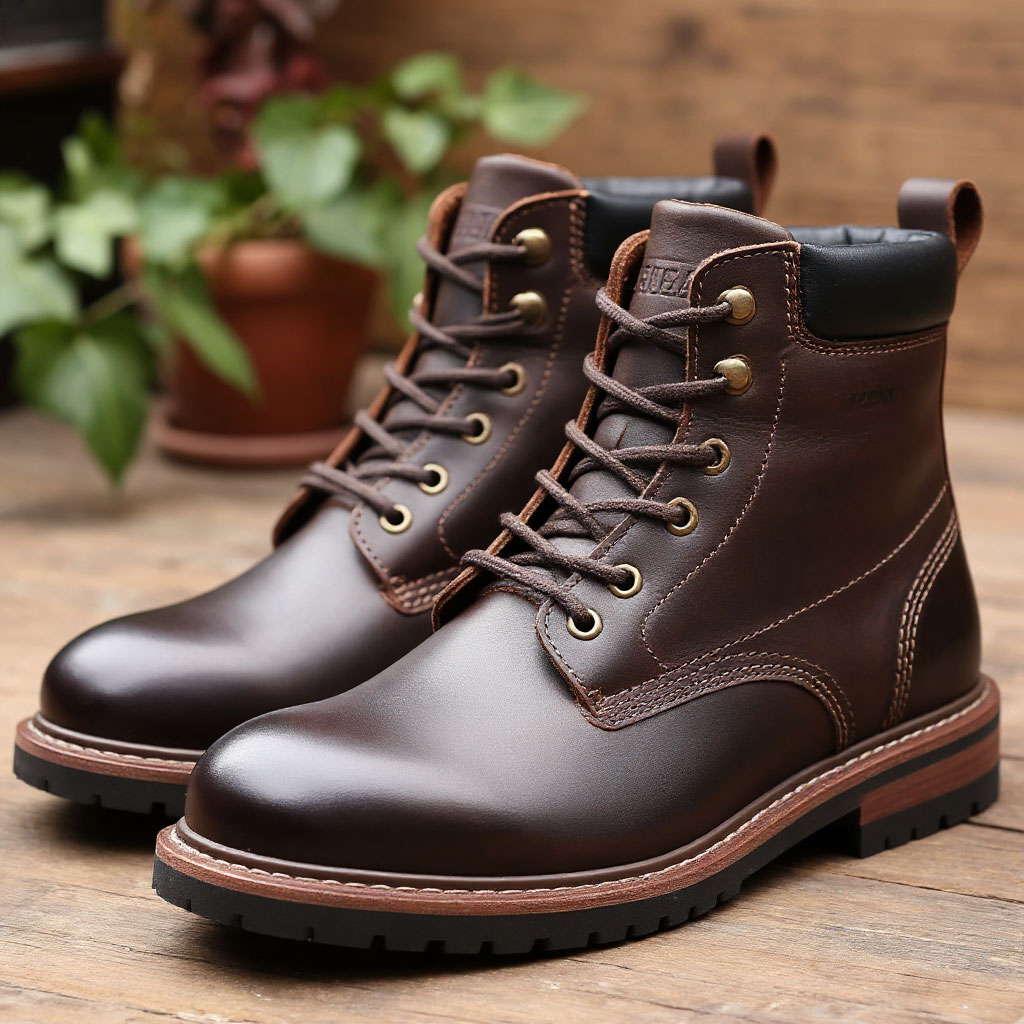
Transitional Footwear: Navigating Rain and Shine
Spring and fall are the trickiest times when it comes to footwear. One day you’re dodging puddles, the next it’s surprisingly warm, and then suddenly there’s frost in the morning. You need a pair that can handle it all—and still look good.
Why Transitional Seasons Are So Tricky
These in-between months call for balance. Winter needs insulation, summer wants breathability—but transitional shoes should do both. Materials must resist water but still allow airflow. Treated suede can hold up even in light rain, while Gore-Tex sneakers shield you from puddles without looking bulky. The soles should offer enough cushion for chillier days, but without the weight of snow boots.
Chameleon Materials That Keep Up
Great transitional shoes are made of flexible materials. Nubuck is a top choice—it’s softer than leather but tougher than canvas. It resists dirt and is easy to clean. Love innovation? Go for breathable, water-resistant membranes like Gore-Tex. Just avoid untreated leather: it shows water spots and stiffens in the cold.
From Chelsea to Brogues: Styles That Work
Some models worth considering:
- Chelsea boots are a transitional classic. The simple shape pairs with jeans or chinos, and the rubber soles take on rainy sidewalks with ease.
- Desert boots are a laid-back choice with suede uppers and rubber soles—light but moisture-resistant.
- Urban-style sneakers in weather-resistant textile add edge while staying practical.
Wearing It Right
Layered looks shine in transitional months. Pair brogues with structured coats for a refined feel, or offset a windbreaker with chunky boots. Stick to earthy tones like:
- Olive green;
- Deep brown;
- Charcoal gray.
Want to spice things up? Add contrast laces or shoes with textured finishes. If your coat is simple, let the shoes speak up.
Make Them Last Two Seasons
These shoes face constant temperature swings and moisture, so care is critical. After a wet day, dry them at room temp with a soft cloth. Use waterproof sprays for suede and nubuck, and non-silicone creams for leather. If your sole starts to peel, skip the glue and head to a cobbler—it’ll save the shoe.
Summer? Winter? Know the Line
People often confuse transitional shoes with warm-weather or cold-weather pairs. But they’re distinct. Transitional models offer water protection (unlike summer shoes) and are breathable (unlike winter ones). Gore-Tex sneakers might be perfect for spring, but useless in freezing temps. Your shoe choice should match both the weather and your daily routine. During the transitional season, comfort can matter even more than usual.
Investing in a solid pair for spring and fall pays off. A good transitional shoe will carry you through storms and sunshine in style.
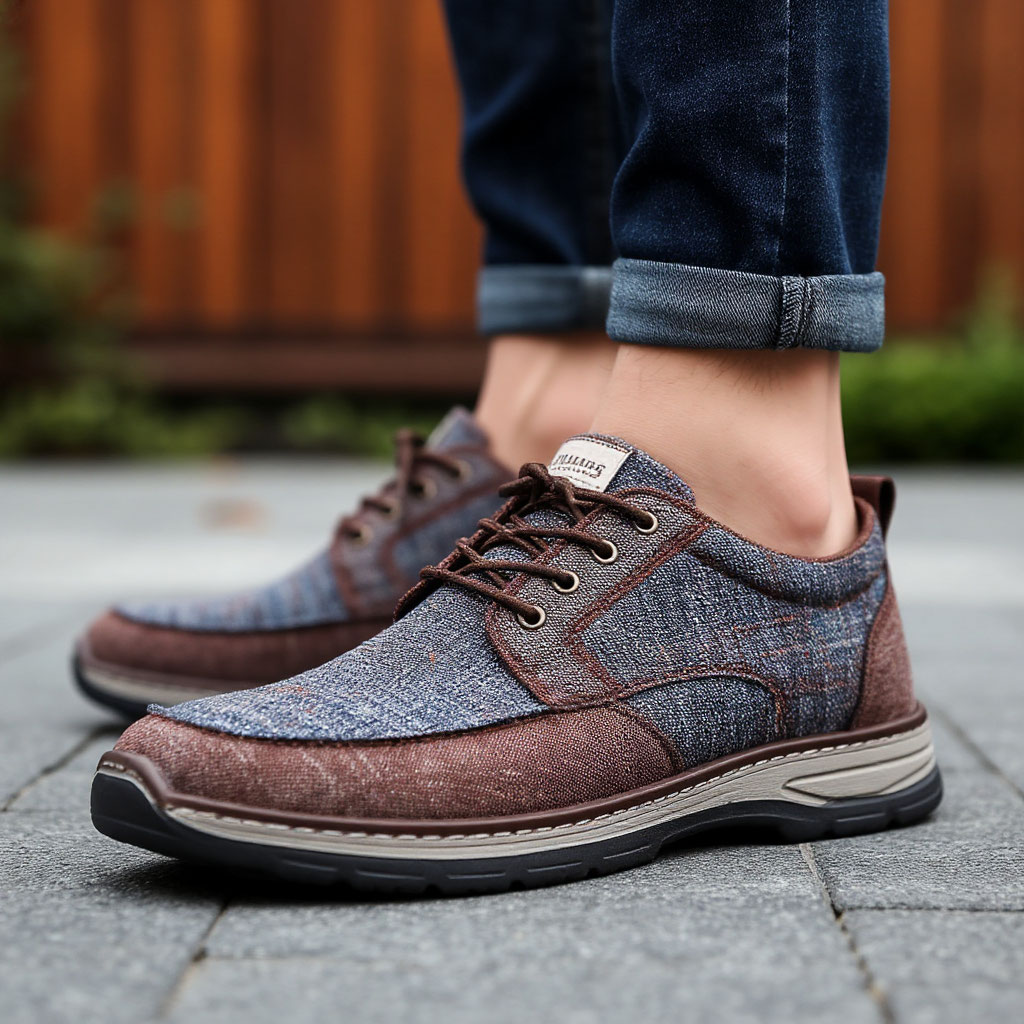
Leather or Textile: The Material Makes the Difference
You can’t pick seasonal shoes just by looks. The material matters—it determines if your shoes will stay dry in the rain, keep you warm in winter, or help your feet breathe in the summer. Leather and textile are the two frontrunners, and knowing their strengths can make all the difference.
Leather: Classic for a Reason
Leather’s been trusted for a long time. It’s warm in the cold, resists moisture in fall, and—if perforated—works even in summer. Waxed leather is ideal for wet seasons: it sheds water, wipes clean, and holds its shape. Just be sure it’s real. Genuine leather molds to your feet and breathes, while cheap synthetics crack in the cold and trap heat in the sun.
Textile: Light and Laid-Back
Textile shoes are great if you’re after ease. Think linen sneakers in summer, cotton kicks with a waterproof membrane for spring, or insulated synthetics in winter. They’re breathable and come in fun textures and prints. But textile does have its weak spots:
- It wears out faster;
- Absorbs odors;
- Needs frequent cleaning.
When Weather Calls the Shots
Here’s a quick seasonal comparison:
| Season | Leather | Textile |
|---|---|---|
| Winter | Best warmth and water resistance | Risky—cold and absorbs moisture |
| Summer | Works if perforated or lightweight | Top choice—keeps feet cool |
| Spring/Fall | Needs waterproofing to stay useful | Membrane-treated versions work well |
Style Meets Practicality
People often think leather equals formalwear. But rugged leather sneakers look great with hoodies and jeans. Textile shoes aren’t just for the gym—tech materials like Cordura are popping up in stylish urban designs.
Some myths to ditch:
- “Leather is always pricey.” Not true—many budget brands offer real leather options.
- “Textile means sporty only.” Nope—modern synthetics are now fashion-forward.
- “Leather lasts forever.” Only if you take care of it.
Want Versatility? Try Hybrids
Shoes made from both leather and textile strike a solid balance. Sneakers with leather trim and a textile upper can carry you from spring to early fall. Winter boots with leather outers and textile lining save money—you won’t need a separate pair for mild days. Just check the seams—if they’re not sealed, water will sneak in.
Care for the Long Haul
Leather doesn’t like water—wipe it clean and use proper creams. Textile shoes can go in the wash (delicate cycle, no spin). In winter, protect leather with salt-proof sprays. For textiles, use a soft brush to remove caked-on snow. And never dry either kind by a radiator—use an airy spot instead.
Whether you lean toward leather or textile, your shoes should support your life, not slow it down. Want durability and polish? Go leather. Prefer lightness and fun? Try textile. Or get the best of both and break the rules a little.
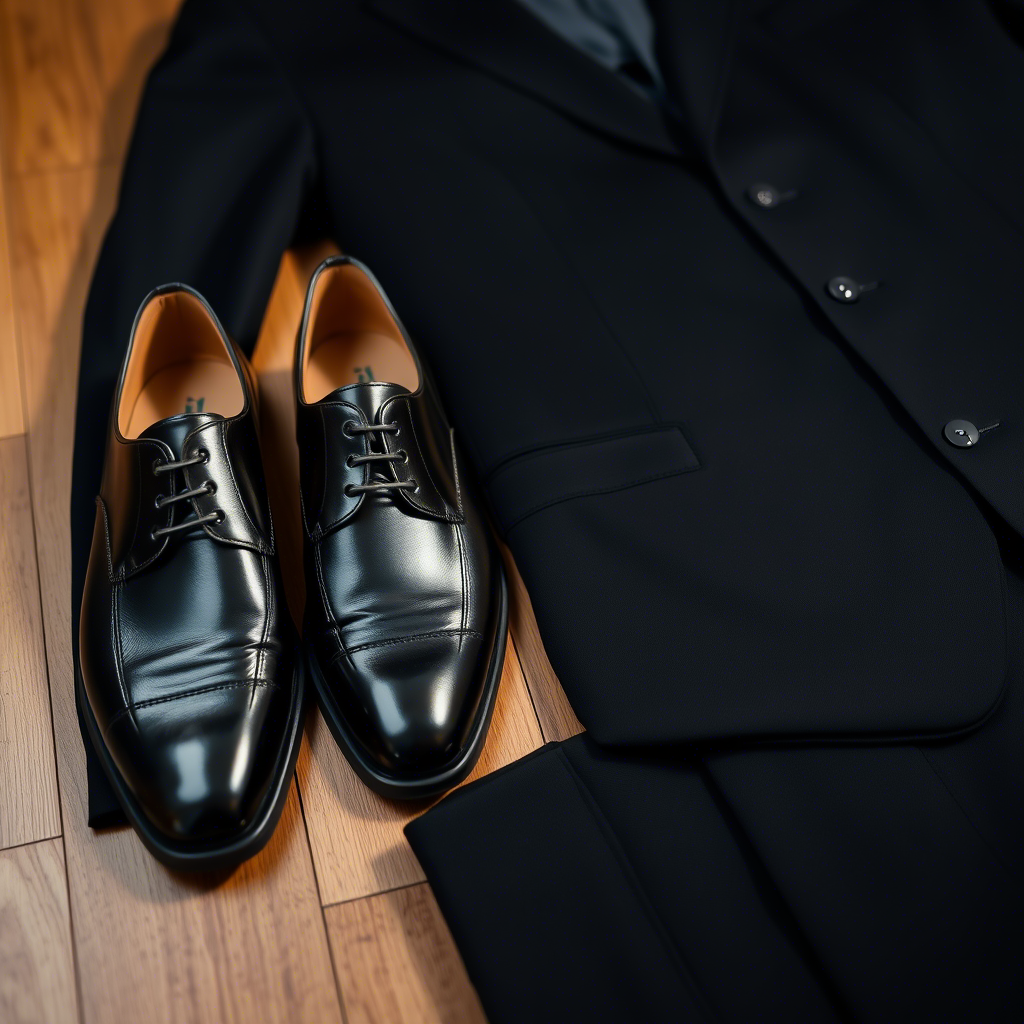
Outfit Pairing: Making It All Come Together
Seasonal shoe choices only go so far if they don’t work with your clothes. You might have the perfect boots—but if you wear them with shorts, the whole look falls apart. Matching your shoes to your outfits can elevate your style without extra effort.
Season Dictates Style
Winter shoes like high-top boots call for bulky pieces: puffer coats, wool pants, chunky knits. Summer sneakers or moccasins pair well with shorts and linen shirts. Spring and fall are ideal for layering—Chelsea boots shine with jeans and light jackets. Watch your proportions: heavy boots clash with slim trousers, and delicate loafers get lost in oversized fits.
Color Coordination That Works
Footwear color should play well with the rest of your closet. Winter works well with dark shades—black, brown, charcoal. They mix easily with coats and denim. In summer, go lighter: beige, navy, even white can cool down your look. Spring and fall are great for bold choices—like burgundy boots with a gray trench. Just keep the balance: if your shoes pop, keep the rest neutral. If your outfit is basic, let the shoes stand out.
Formal or Casual? Know the Line
Classic leather boots can work for the office when paired with a suit. But throw them on with ripped jeans and a biker jacket, and you’re set for streetwear. Summer loafers are a smart go-between—polished with chinos and a shirt, casual with polo and shorts. Fall brogues can go formal or relaxed depending on what you wear up top.
Go-To Models That Do It All
Some shoes are truly flexible. Black leather sneakers, for example:
- Wear them with thick socks and jackets in winter;
- With cropped pants in summer;
- With jeans and windbreakers in fall.
Brown Chelsea boots also adapt easily. They work with suits, denim, or even joggers—just avoid flashy logos or wild textures.
Details That Change the Game
Sometimes a small tweak can transform your look. Wool socks with winter boots add charm. No-show socks with sandals keep summer clean. In spring, add a red belt to echo your boots’ contrast sole. Keep your statement pieces to a minimum—if your shoes are textured or printed, tone down everything else.
Avoid the Pitfalls
Don’t ignore context. Hiking boots don’t belong with a suit, no matter the weather. Slippers with a fur hat? Also a miss. Color mismatch is another trap: orange sneakers with a black overcoat or white tennis shoes with a chocolate wool coat rarely work. And never forget: clean shoes matter more than expensive ones. Scuffed, dirty soles ruin any outfit.
Choosing men’s footwear by season isn’t just about function. It’s about finishing a look that speaks to your identity. Whatever the season, your shoes should express you—not hide behind fashion trends.
Build a small rotation across seasons — pick the right upper, lining, and sole, then match traction to the weather.
Download the brochure (PDF): Beauty Club — Men’s Shoes: Any Season

